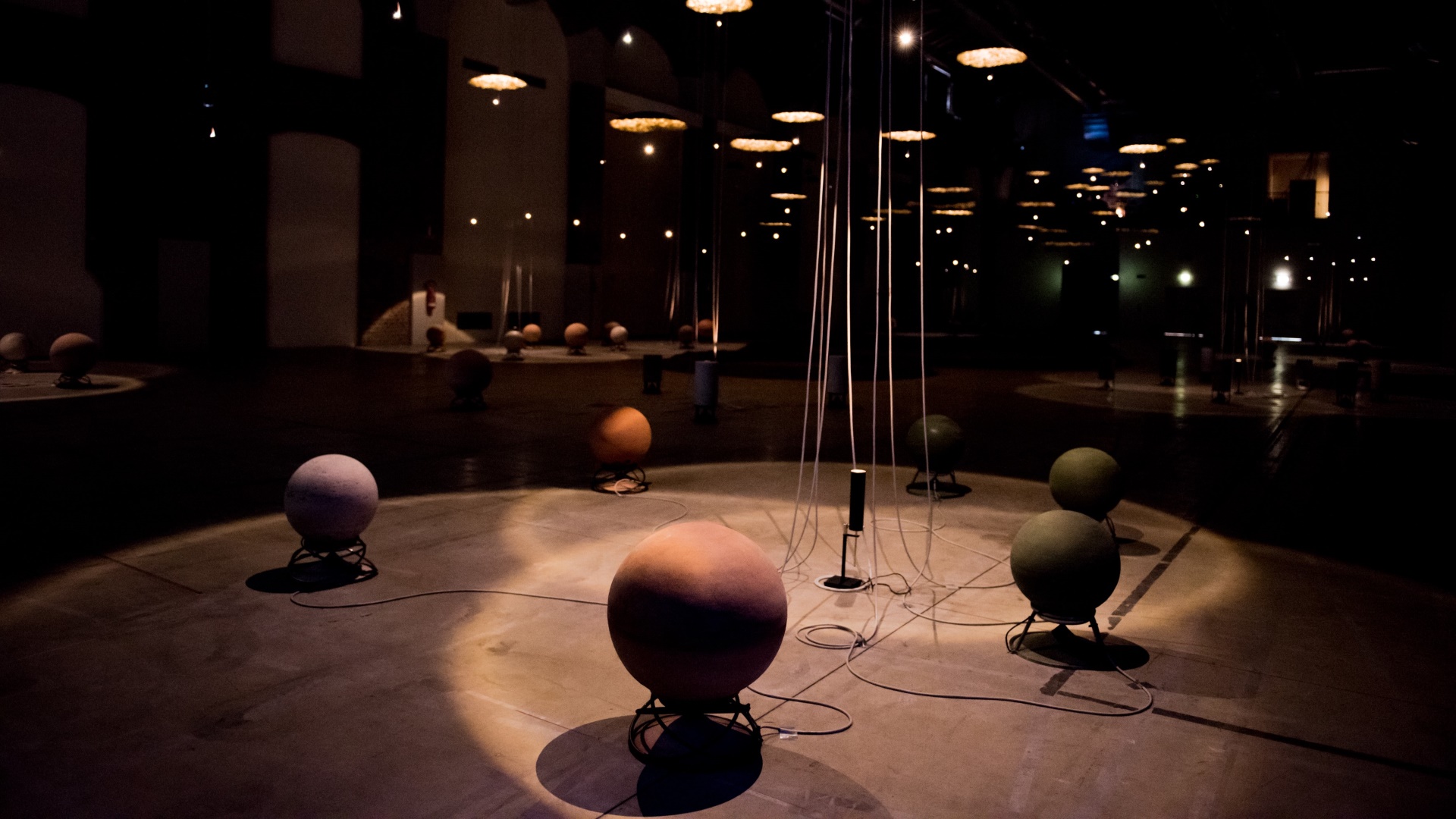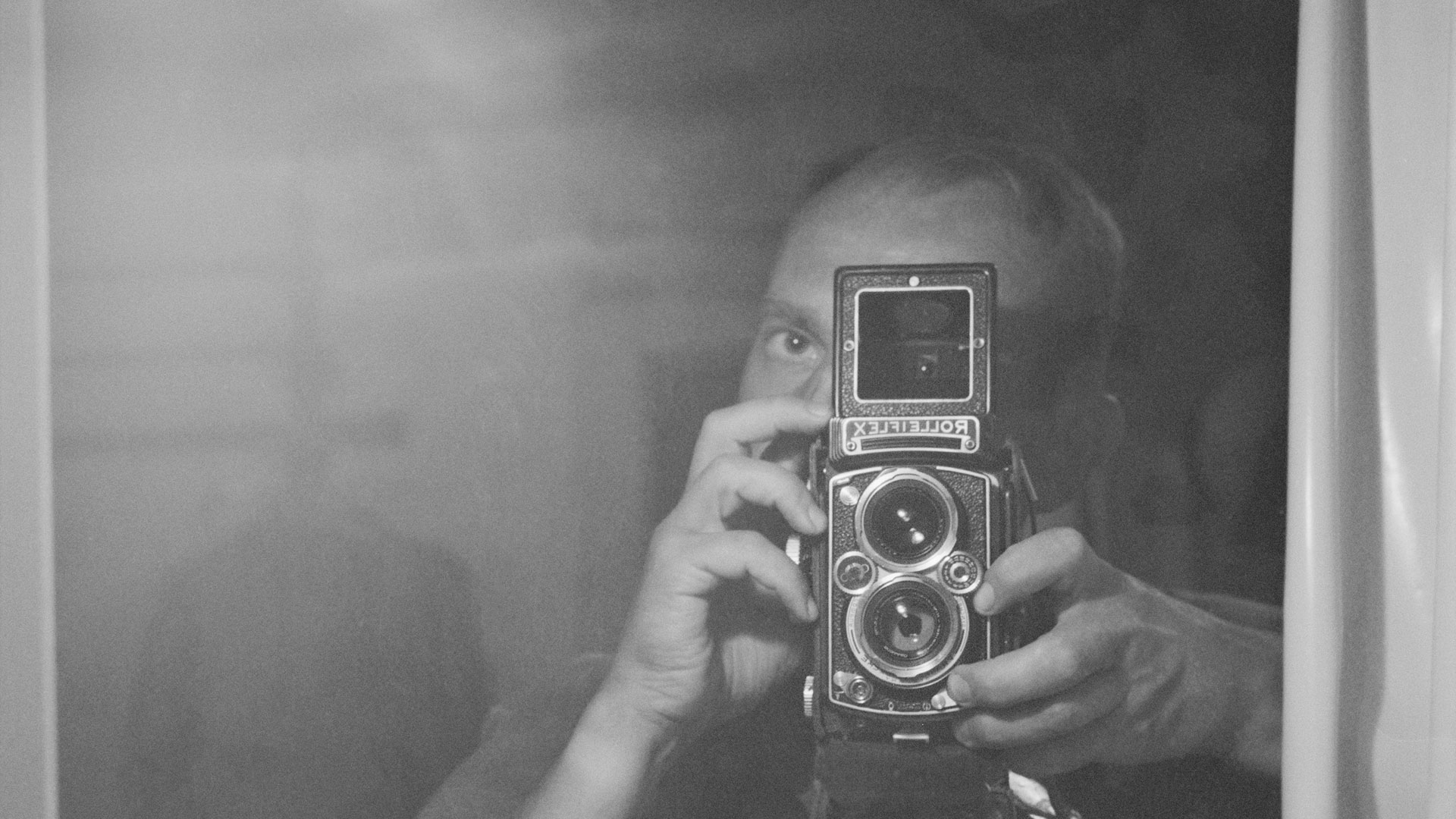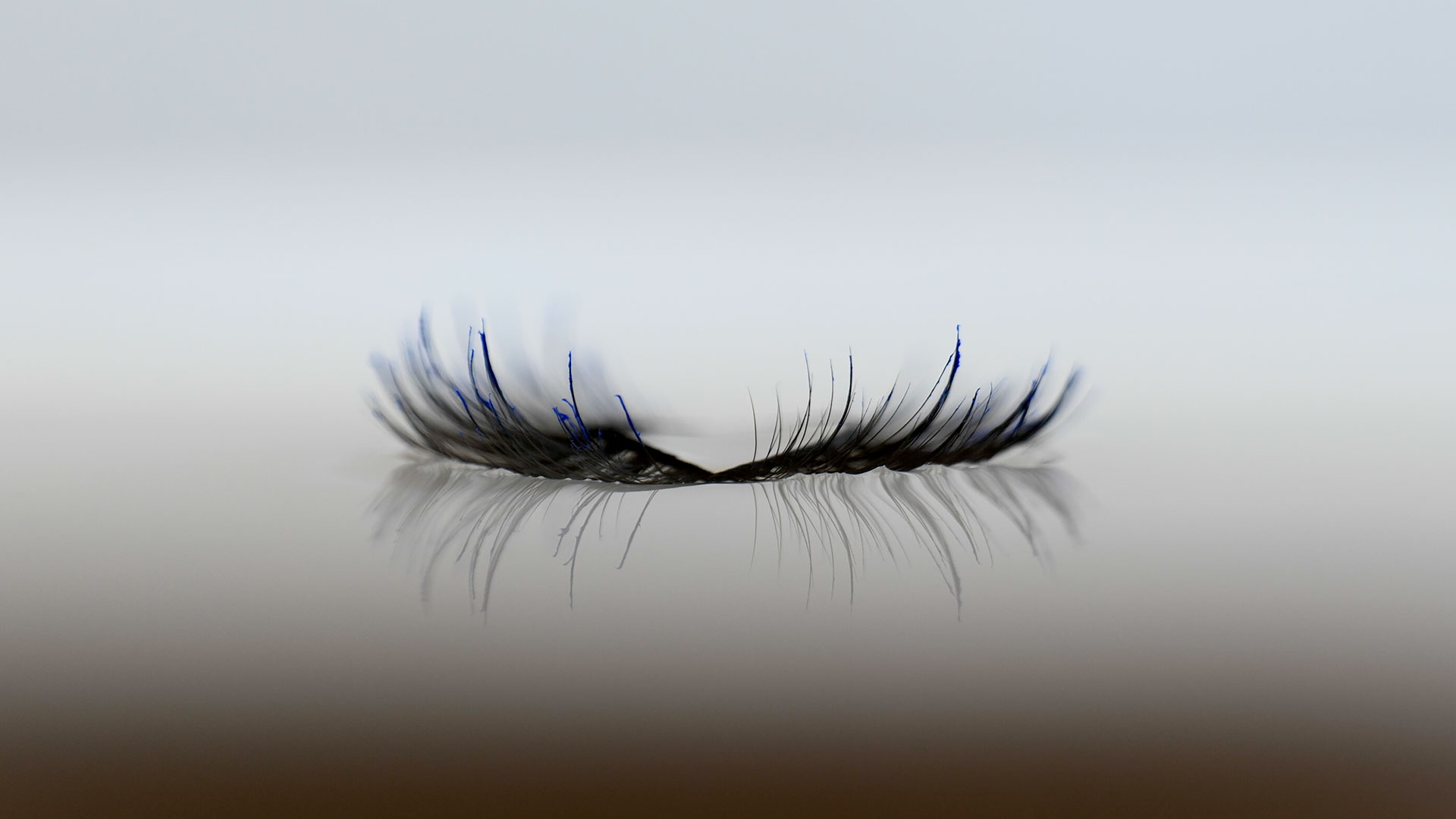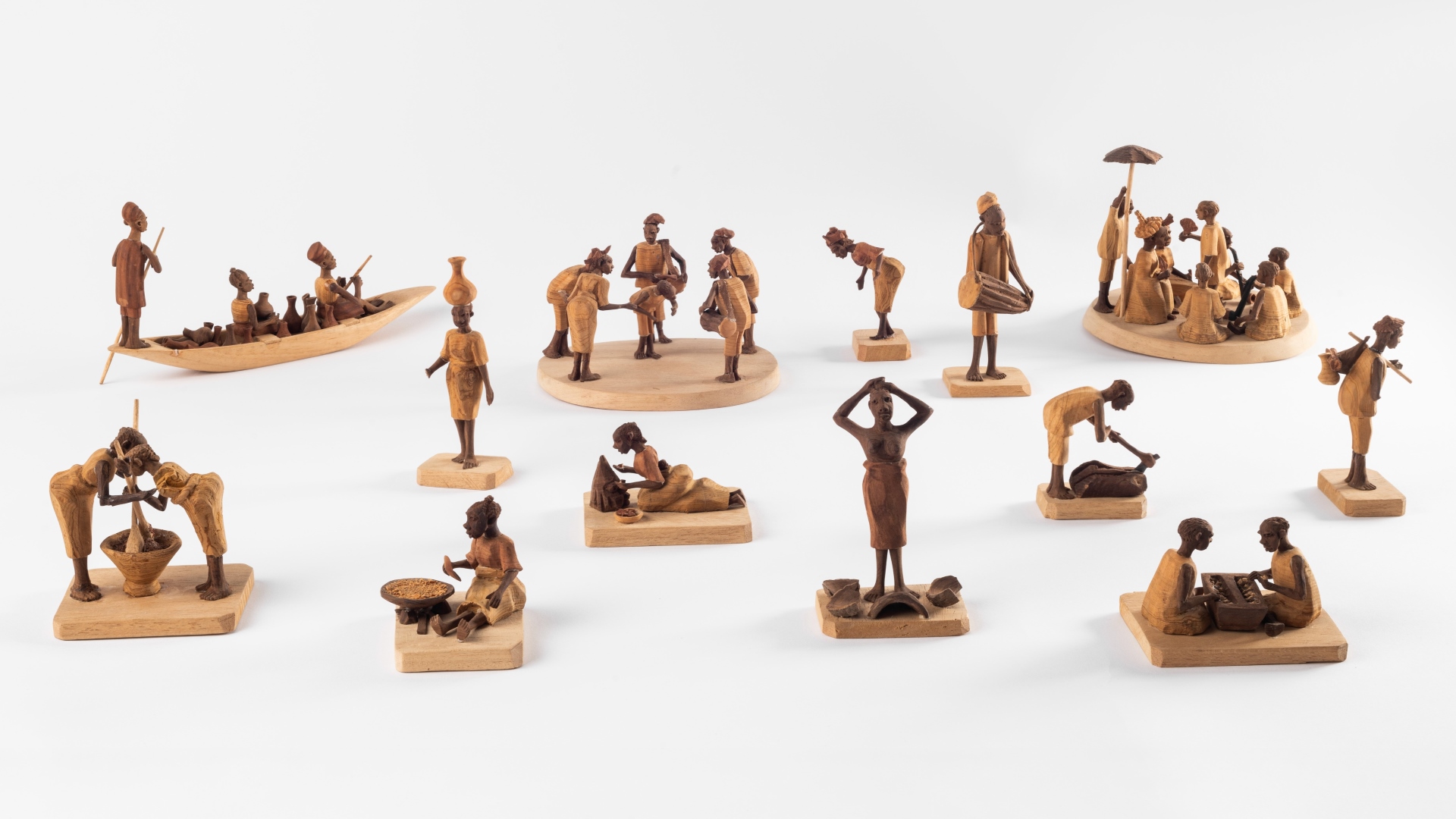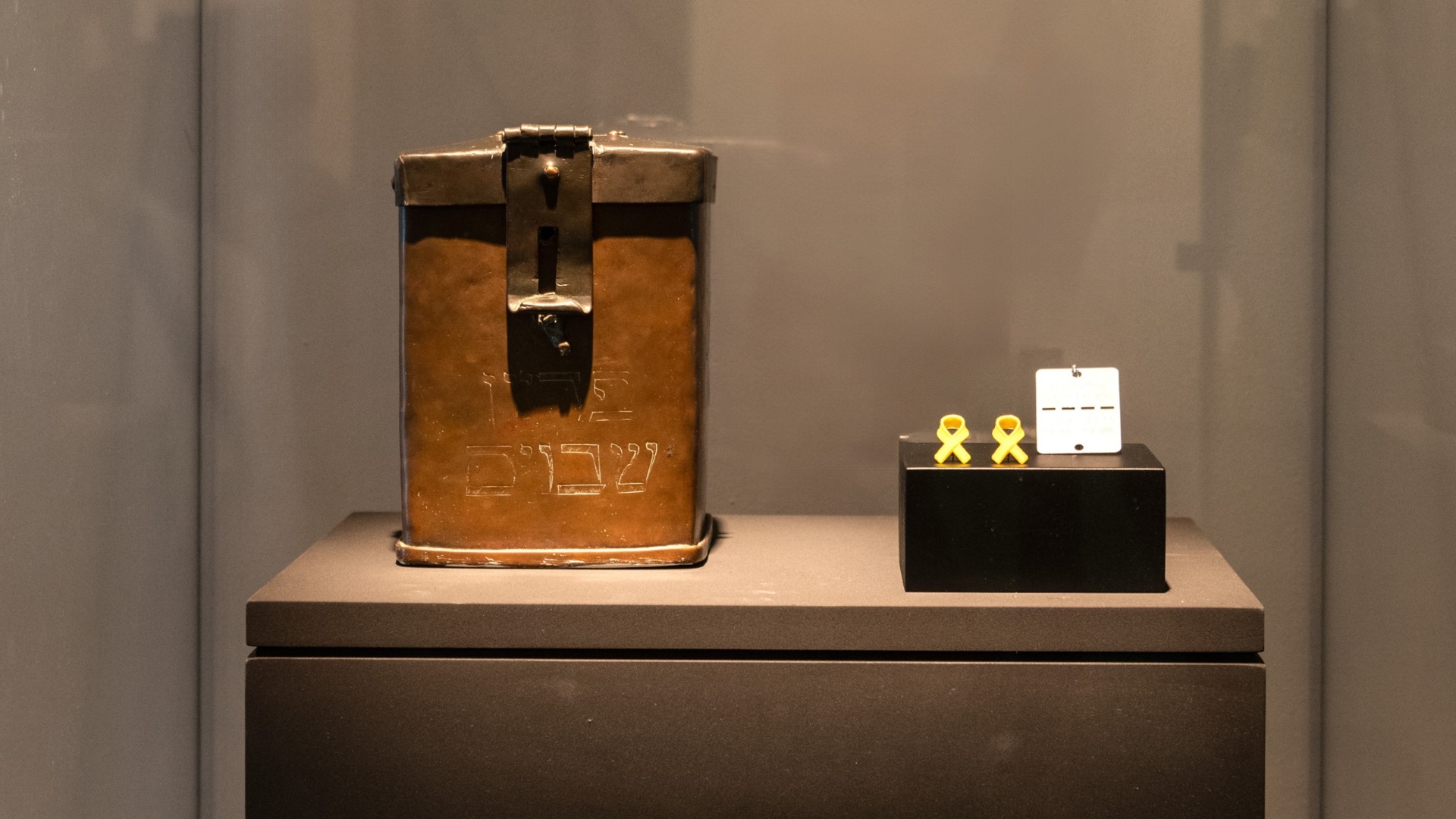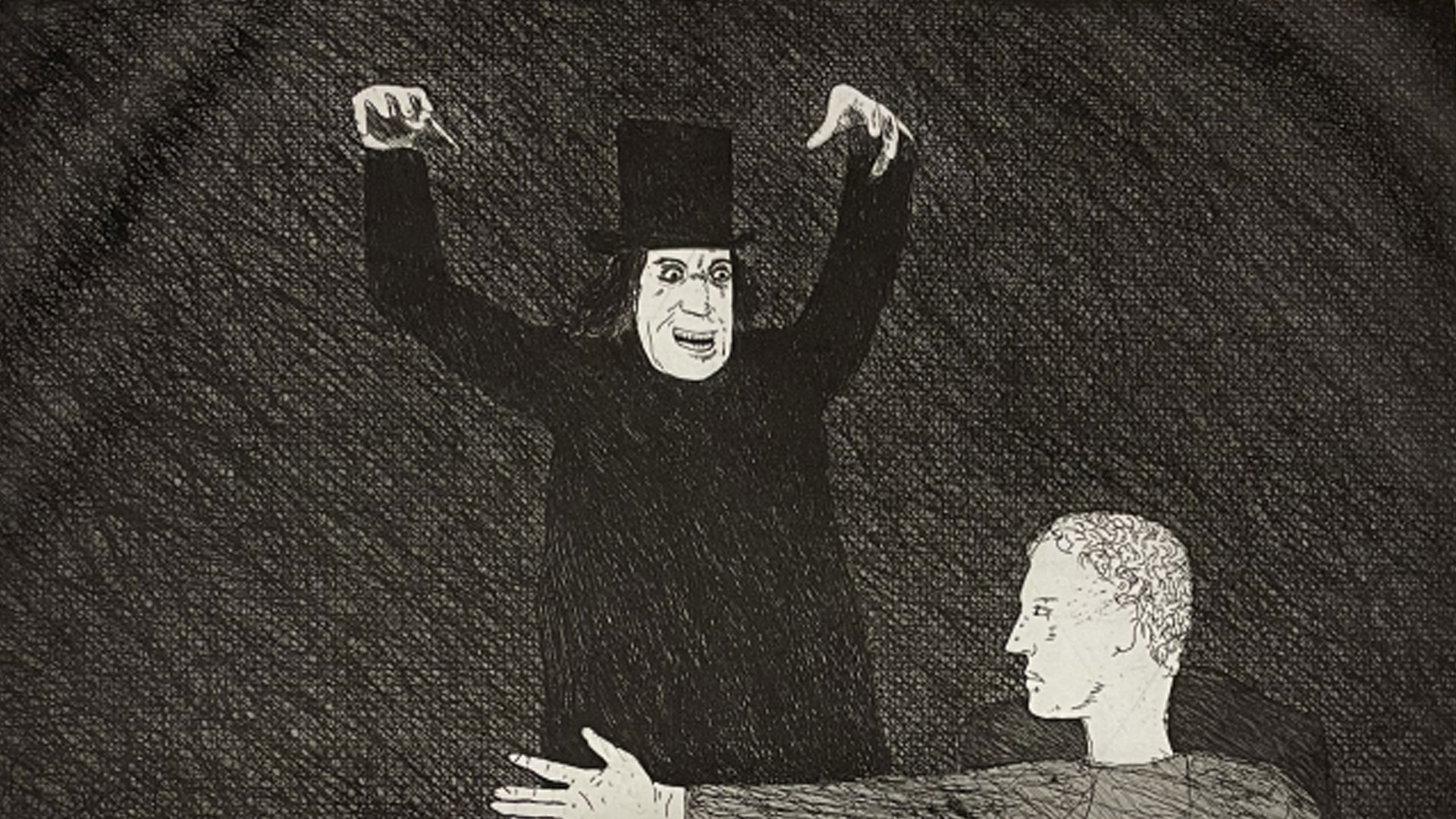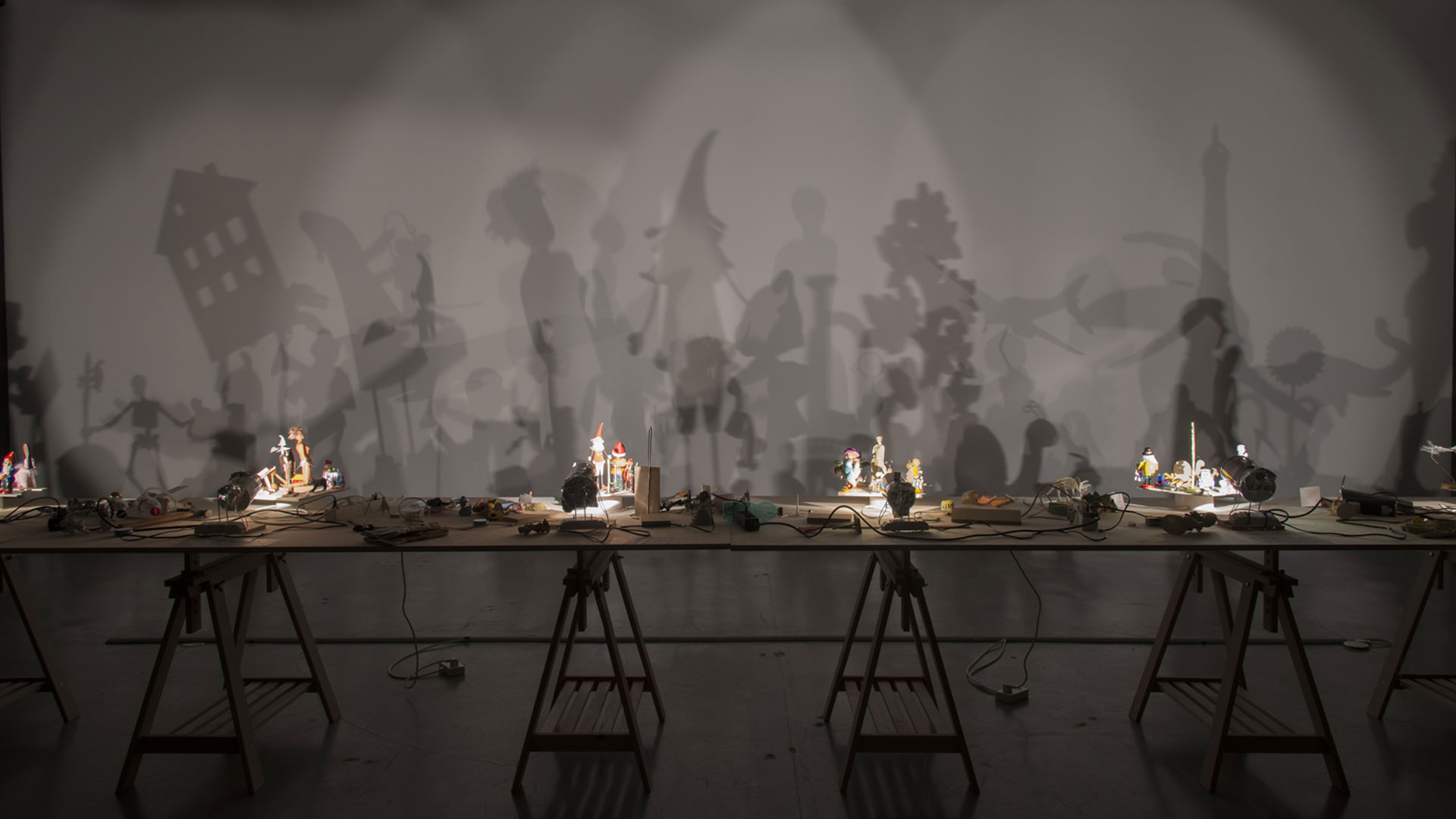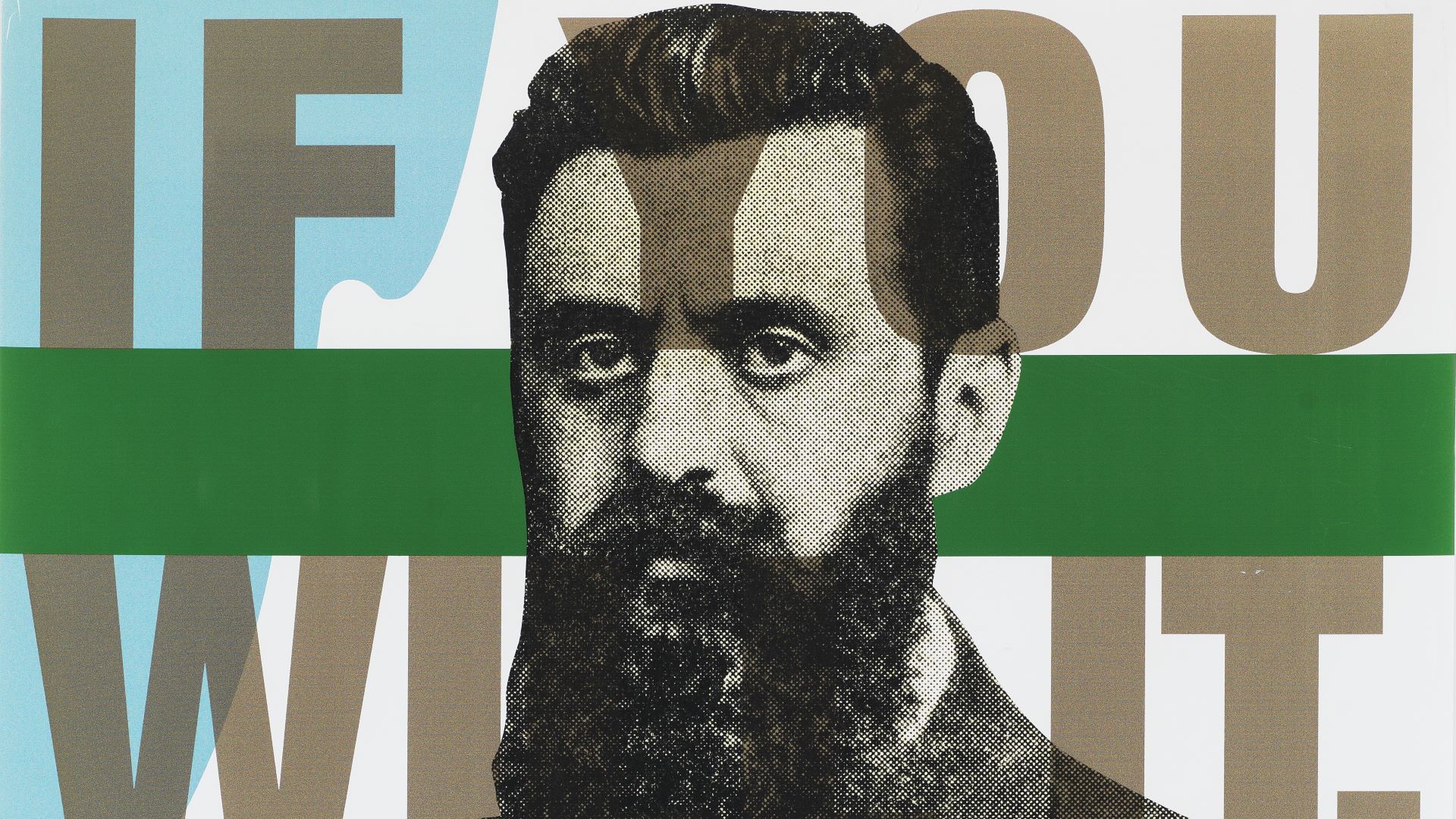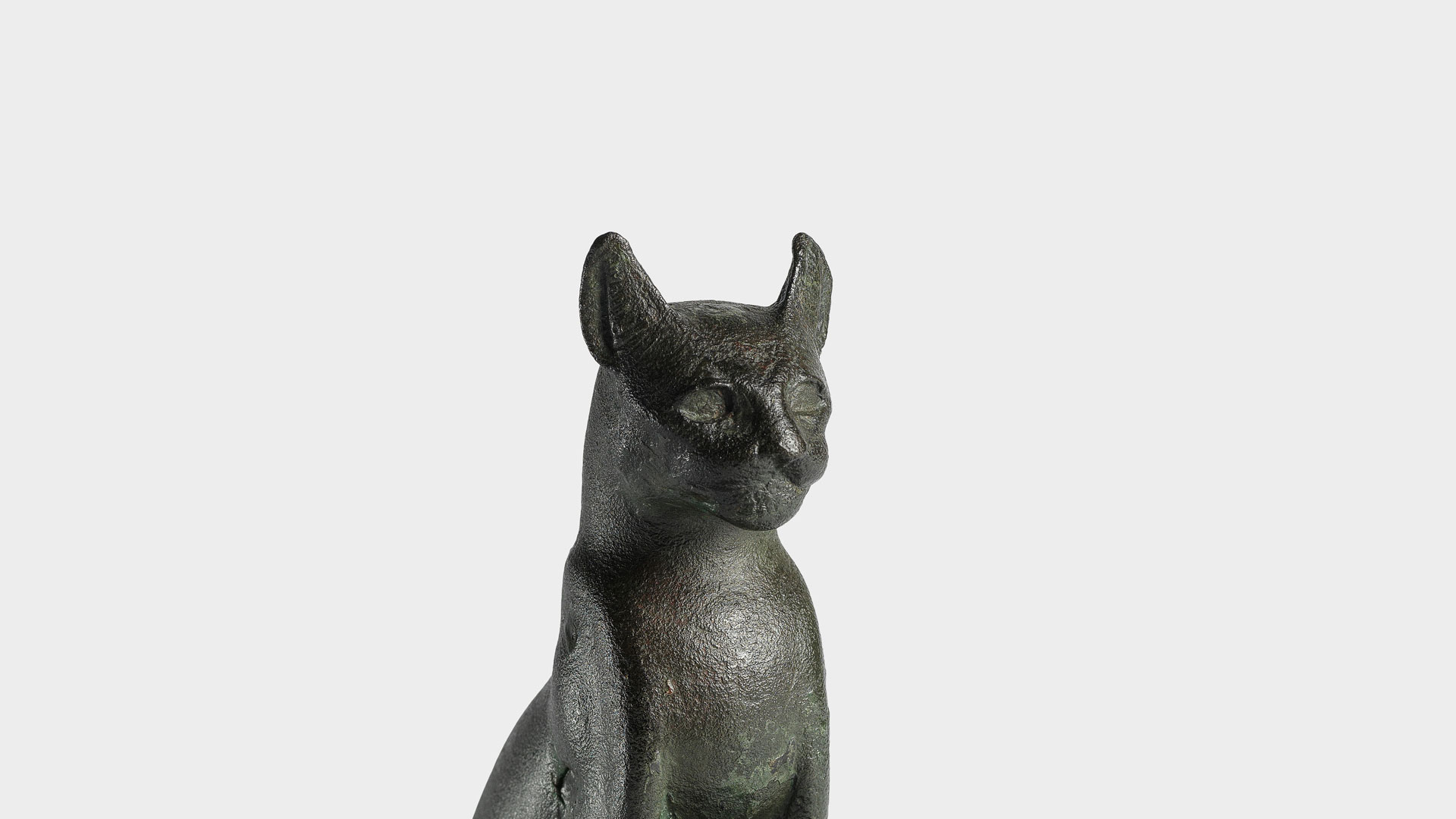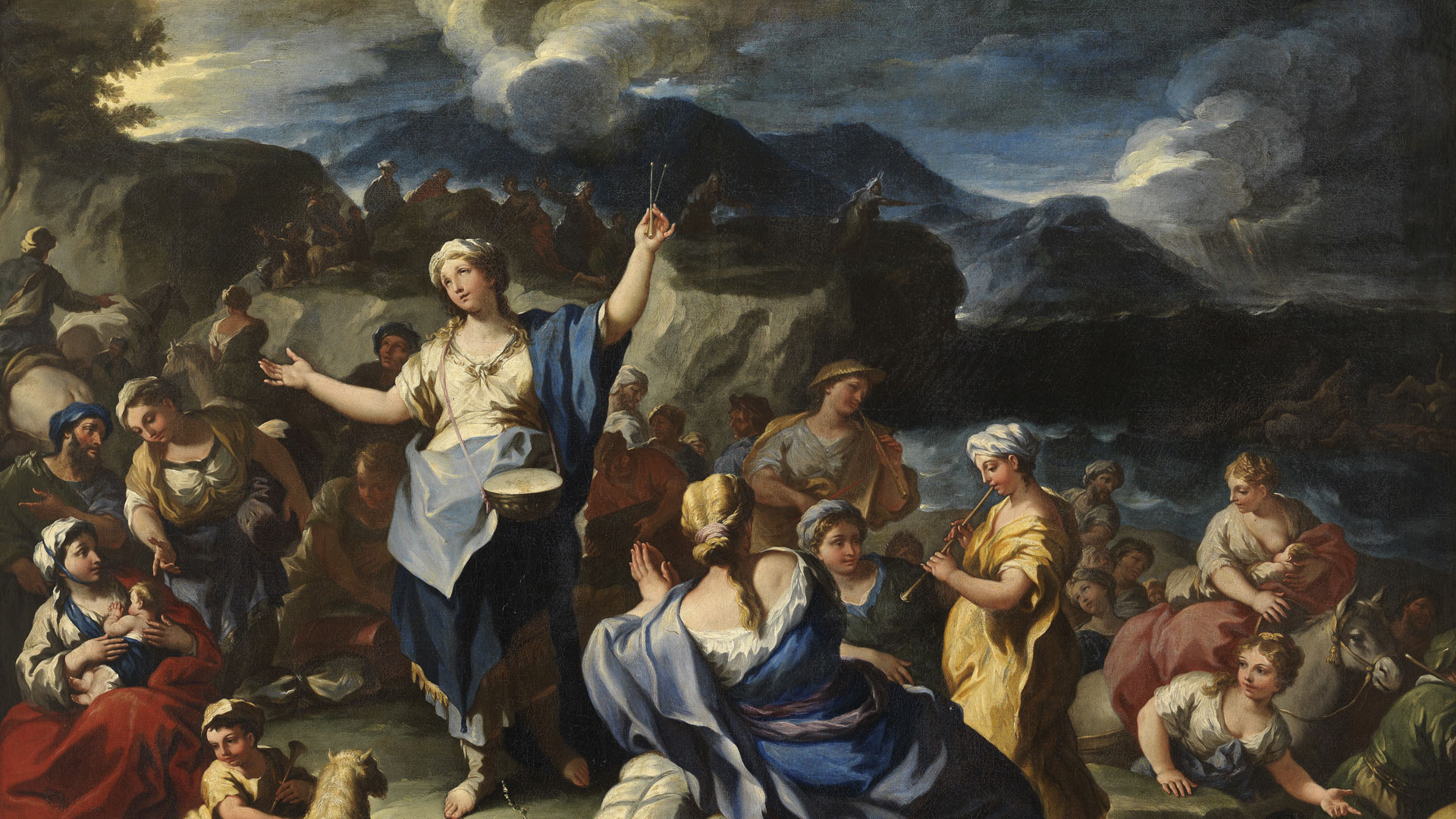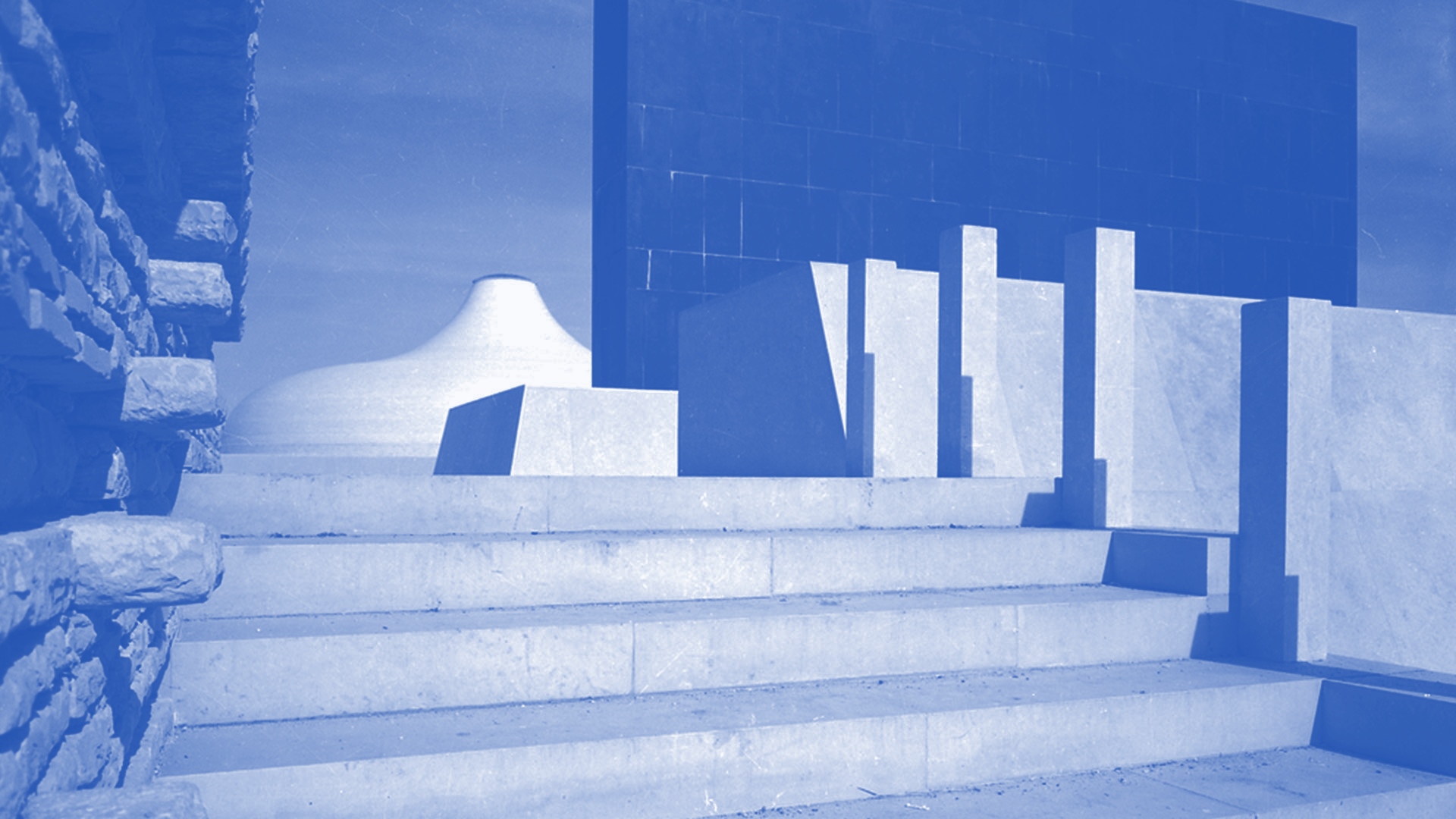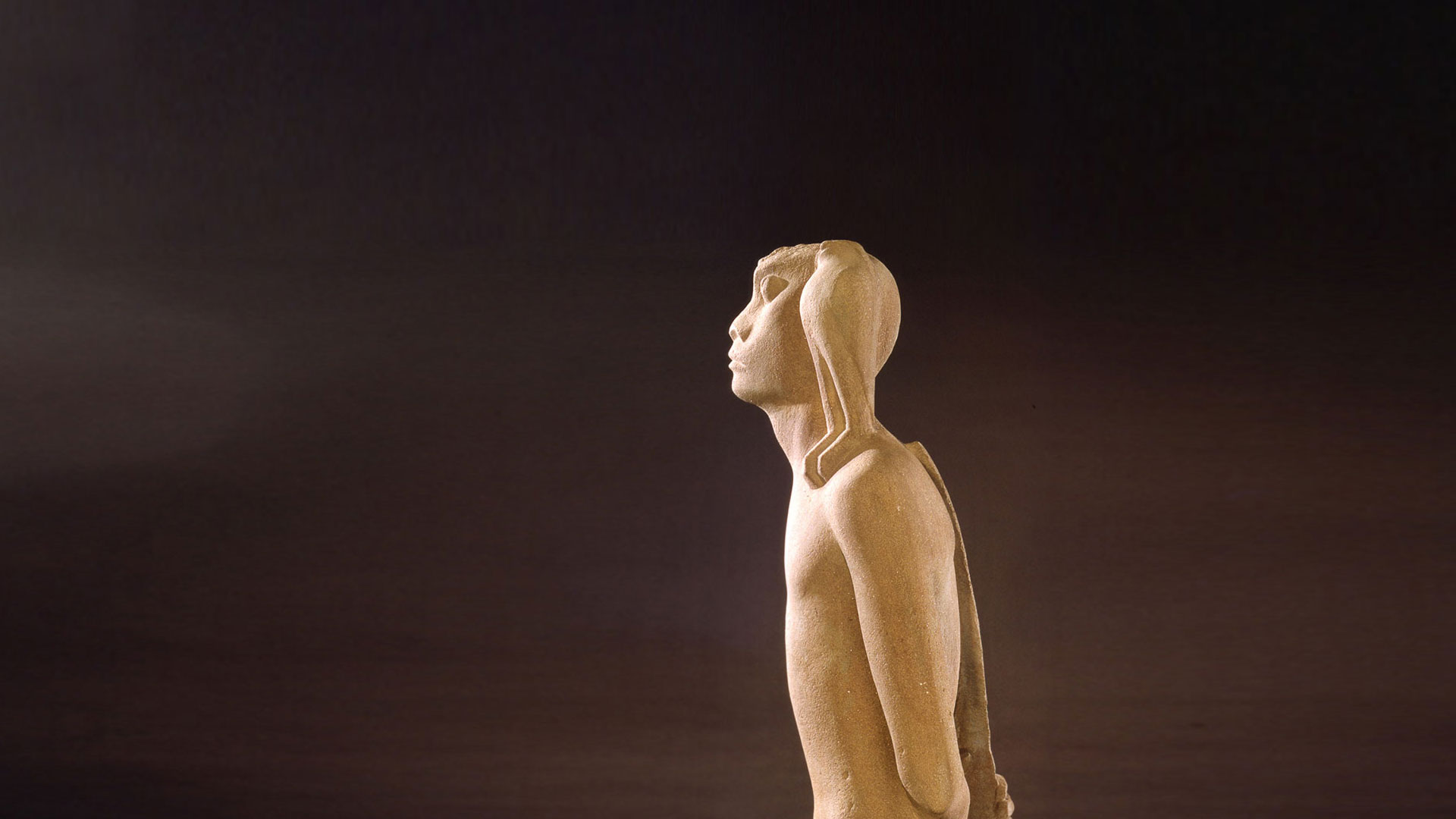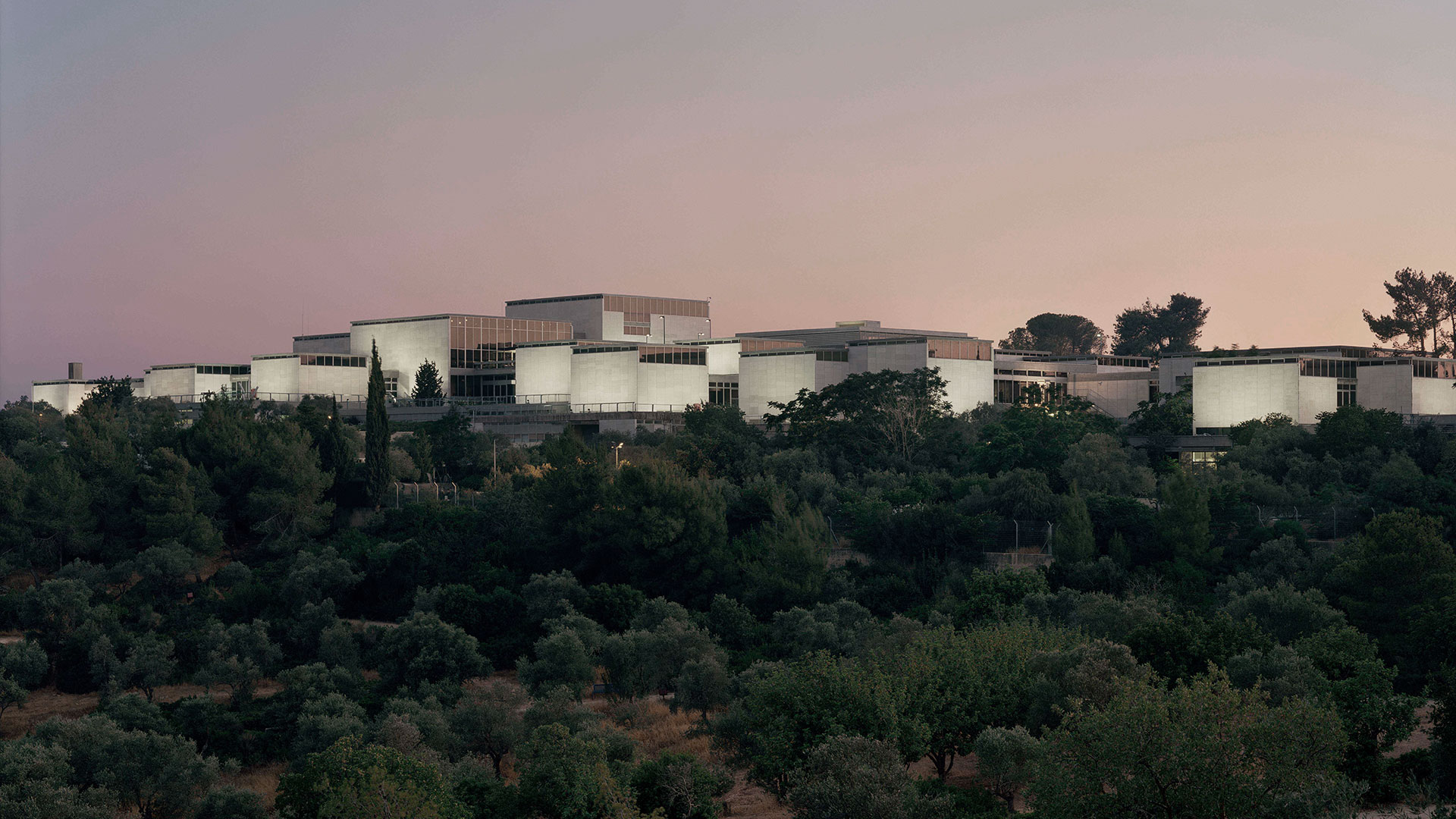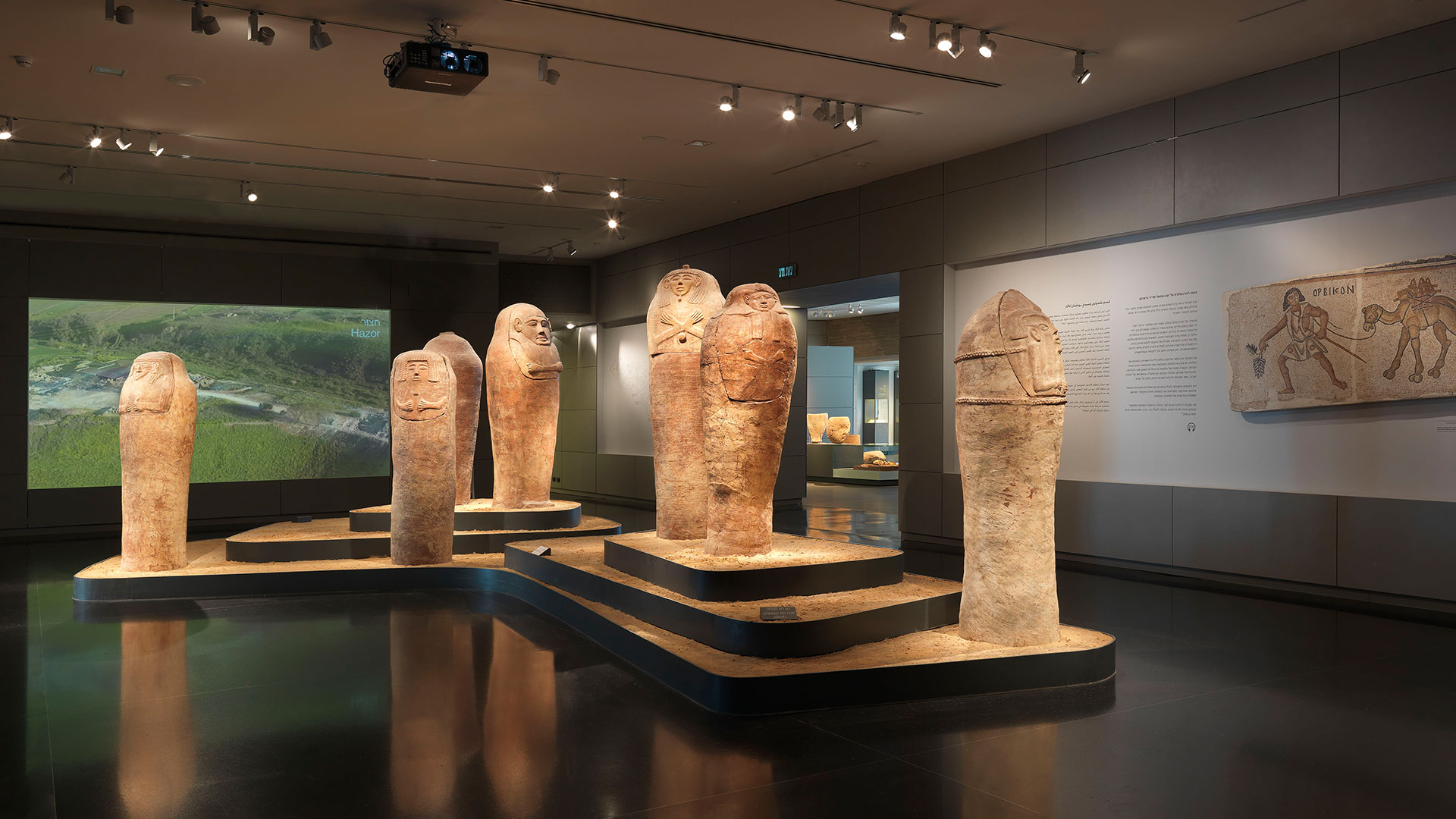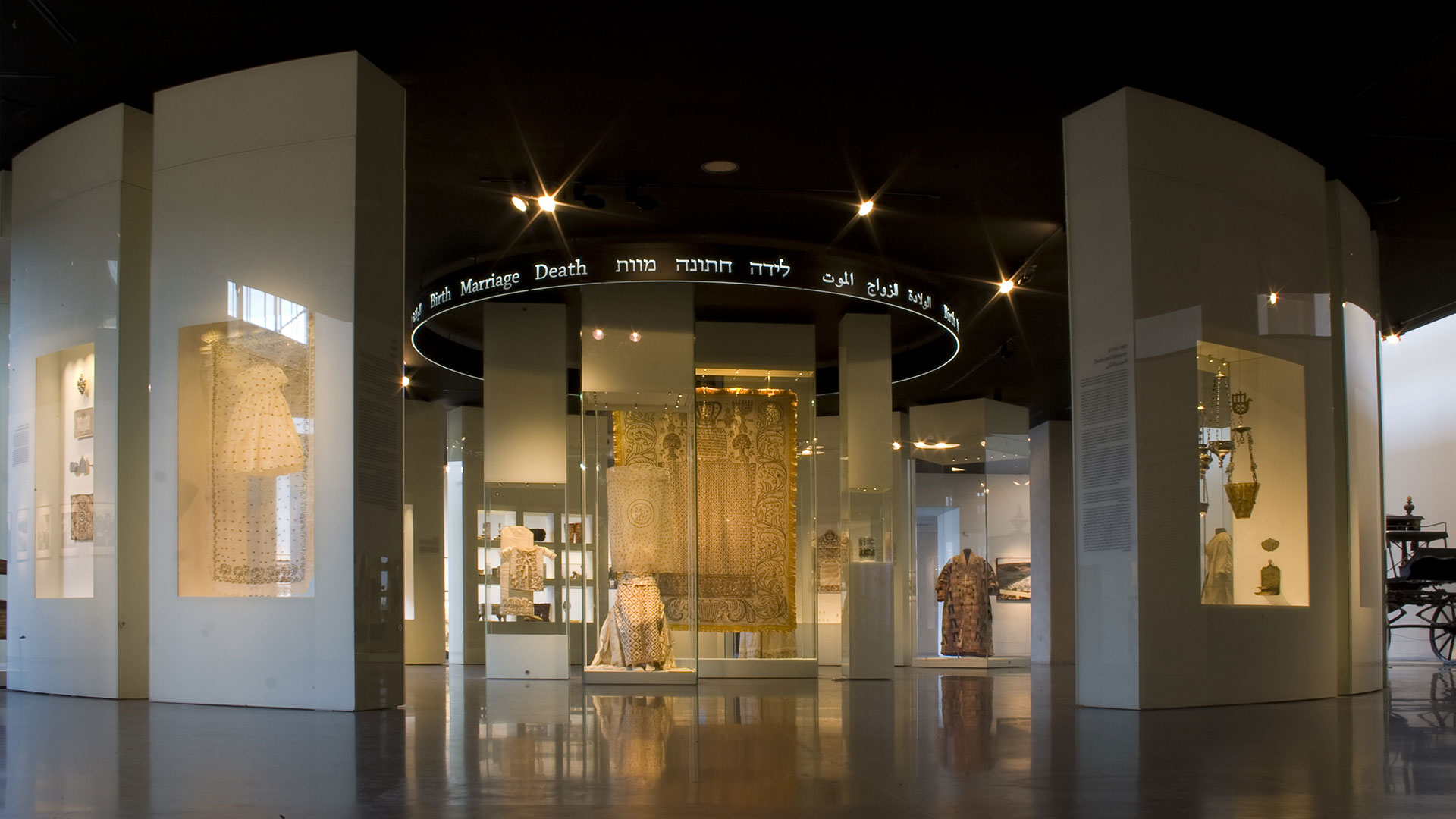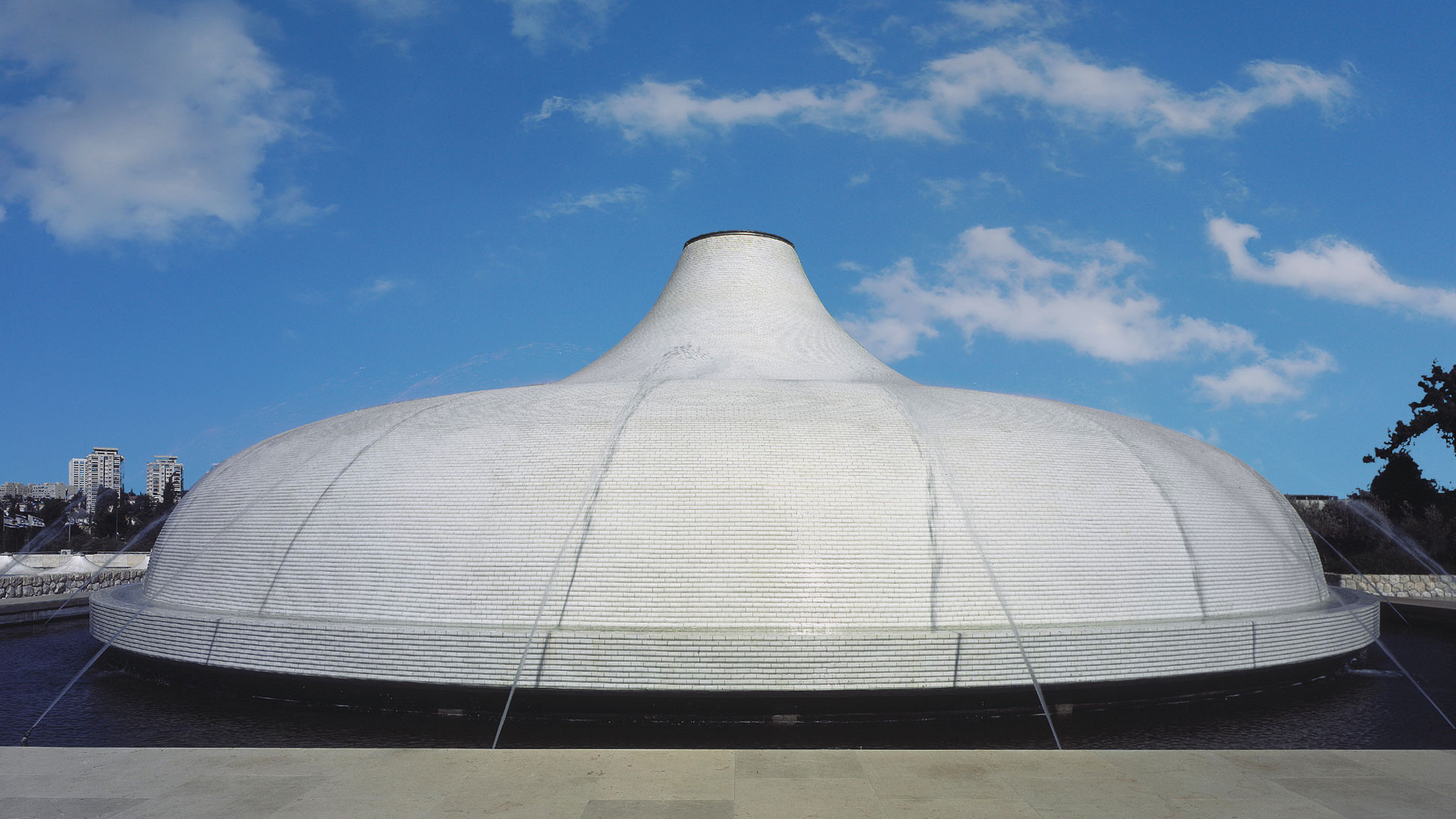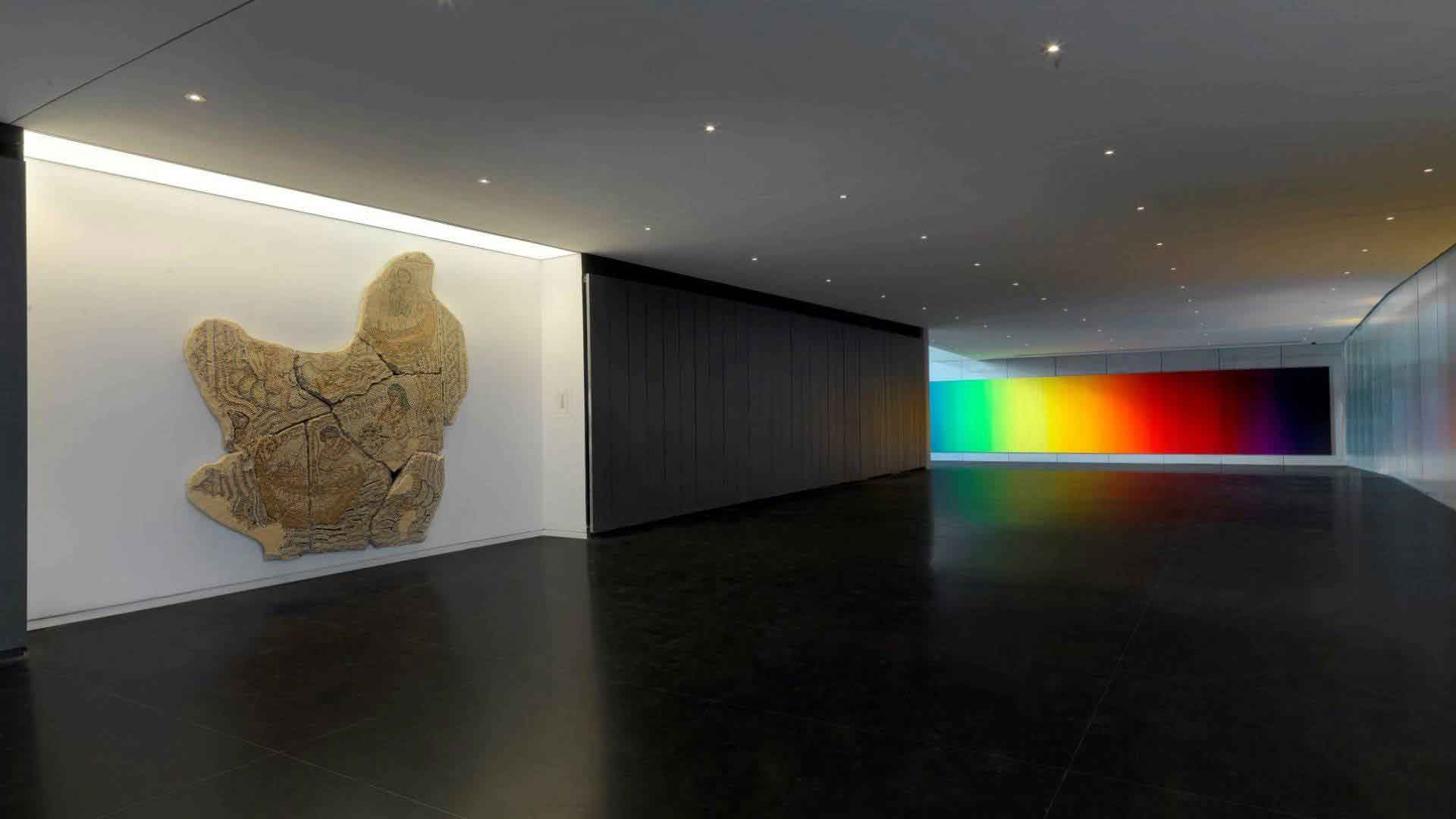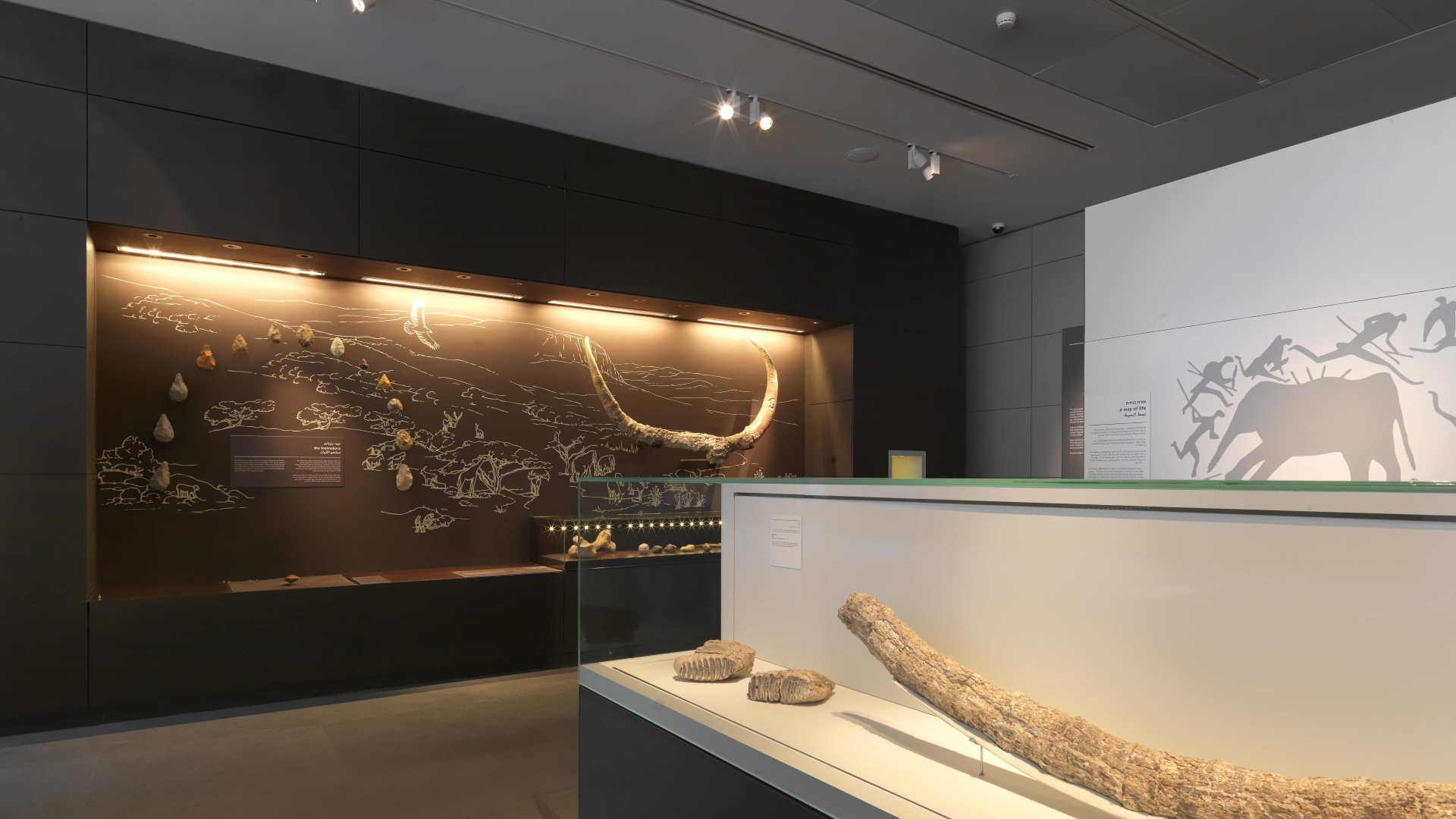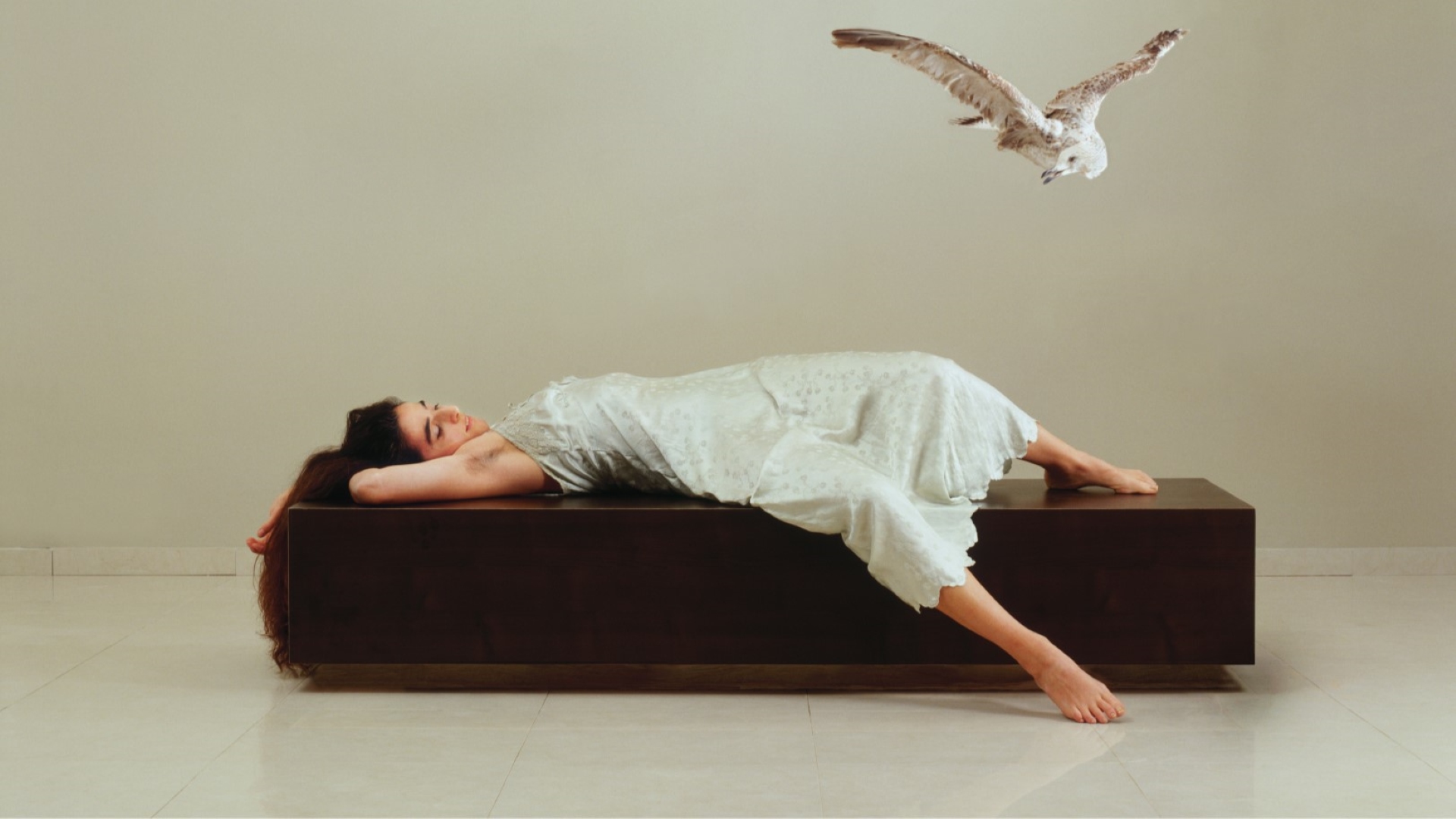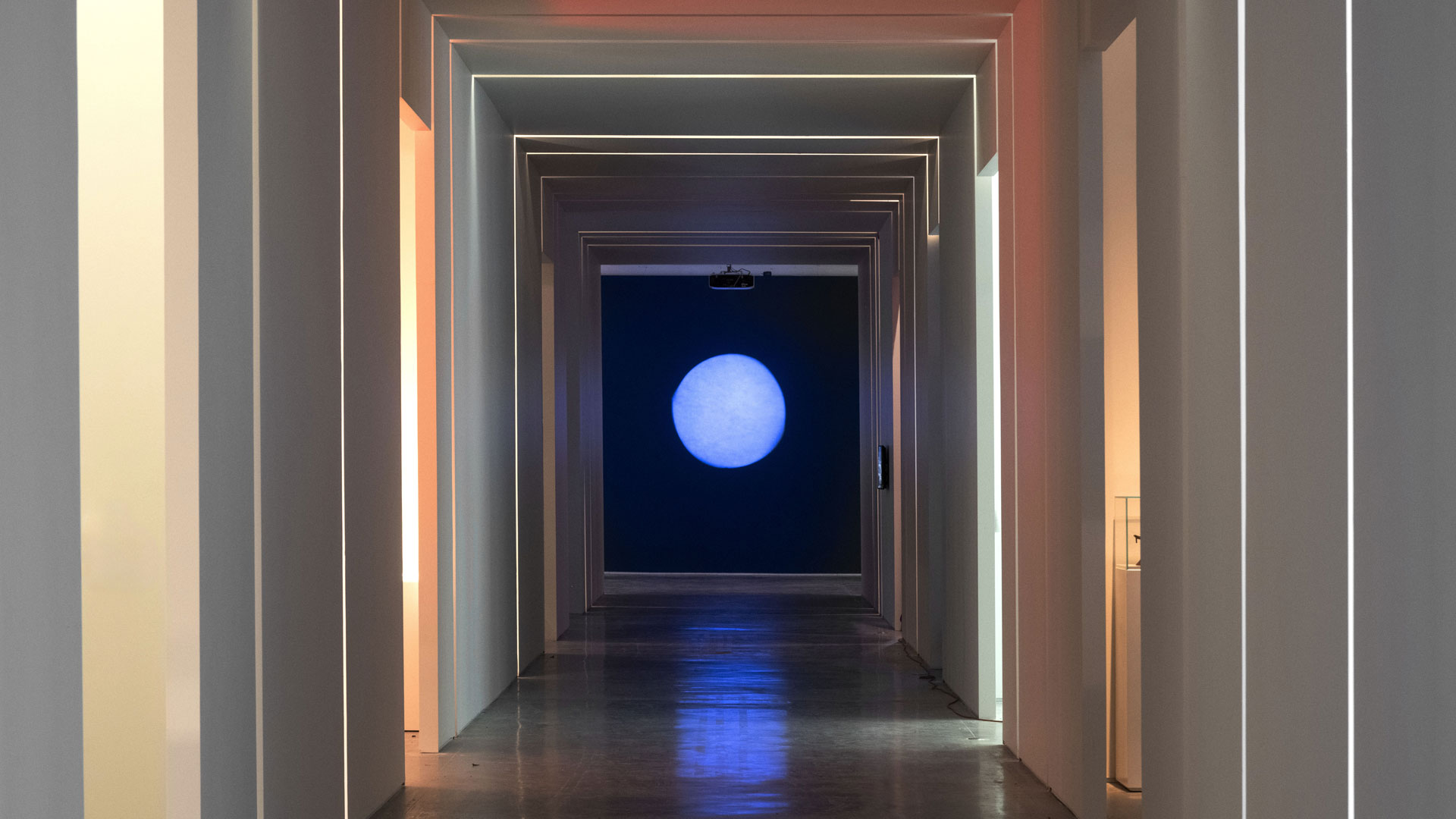
Artist's room
Moshe Gershuni
-
September 20 2015 - December 29 2015
Curator: Amitai Mendelsohn
-
Painting
Born in 1936, Moshe Gershuni is one of Israel’s most important and influential artists. In the 1970s he belonged to a conceptual avant-garde that explored the creative process itself, as well as the definition of art and the way in which it should respond to the surrounding political reality. In 1980 Gershuni’s work underwent a transformation. Following a personal crisis that involved acknowledging that he was gay and divorcing his wife, he entered an intense period of psychotherapy. One outcome of his therapy was a bodily engagement with art, using his fingers to smear the paint, crouching on all fours as he worked. A wild, physical, animal act of painting, as though he were pouring out his actual body.
The change was no only one of method, but also of subject matter: traditional Jewish themes, the Holocaust, soldiers, homoerotic images. These subjects had scarcely been touched by Israeli art of the time, and they were considered surprising and even shocking, especially when brought together. Innovatively, and at times provocatively, Gershuni combined Western art-historical references and Jewish literary sources, swastikas and floral images – notably the cyclamen, a typically Israeli flower that is associated with the battles of the 1948 War. He upset the existing order with his blending of evil and beauty; the ultimate Other and the familiar; the corporeal and the verbal; sexuality and sanctity. He presented all of these themes with a self-conscious pathos, fully aware of his own limitations. Displayed here are a number of key works from the 1980s onwards from the Museum’s collection. All of them convey Gershuni’s unique interweaving of the intimate and the public, the national and the universal.
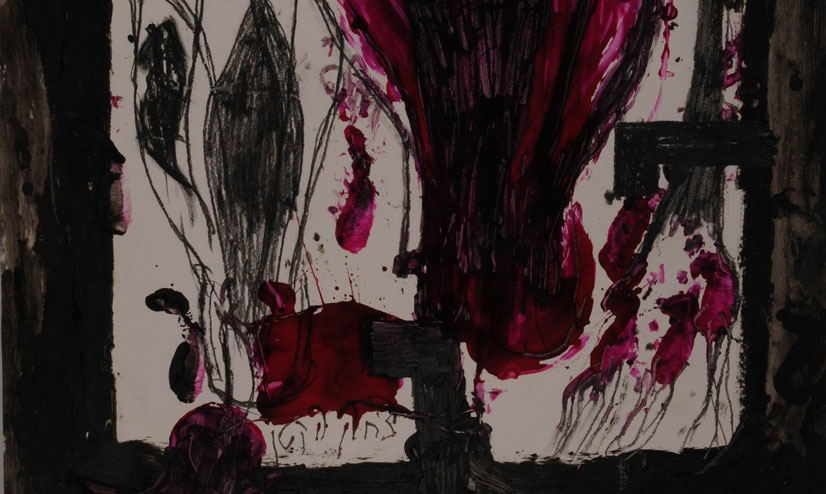
Little Isaac, ca. 1983, Glass paint and oil sticks on coated paper, Purchase, Ayala Zacks Abramov Fund
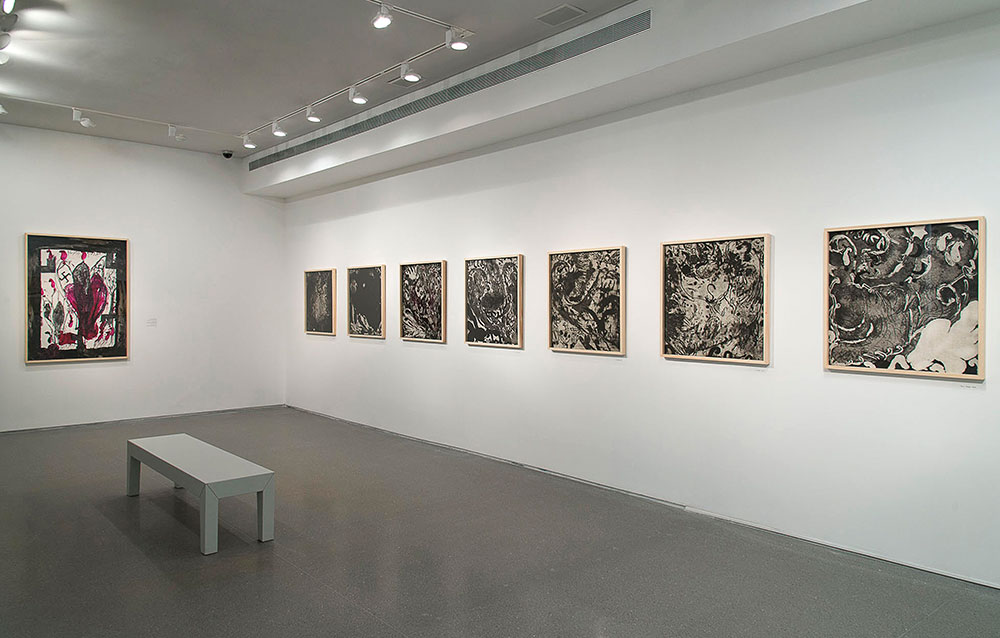
- May 01
- May 01
- Apr 26May 02May 03May 09May 10May 16May 17May 23May 24May 30May 31
- May 03May 10May 17May 24May 31
- Apr 21Apr 24Apr 28May 05May 08May 12May 15May 19May 22May 26May 29
- Apr 21Apr 28May 05May 12May 19May 26
- Apr 21Apr 24Apr 28May 05May 08May 12May 15May 19May 22May 26May 29
- Apr 22May 06
- May 06May 27
- May 06
- May 06
- May 06Jun 10
- May 08May 15May 15May 22May 29
- May 08May 15May 22May 29
- May 08May 15May 22May 29
- May 08
- Apr 24May 08May 15May 22May 29

